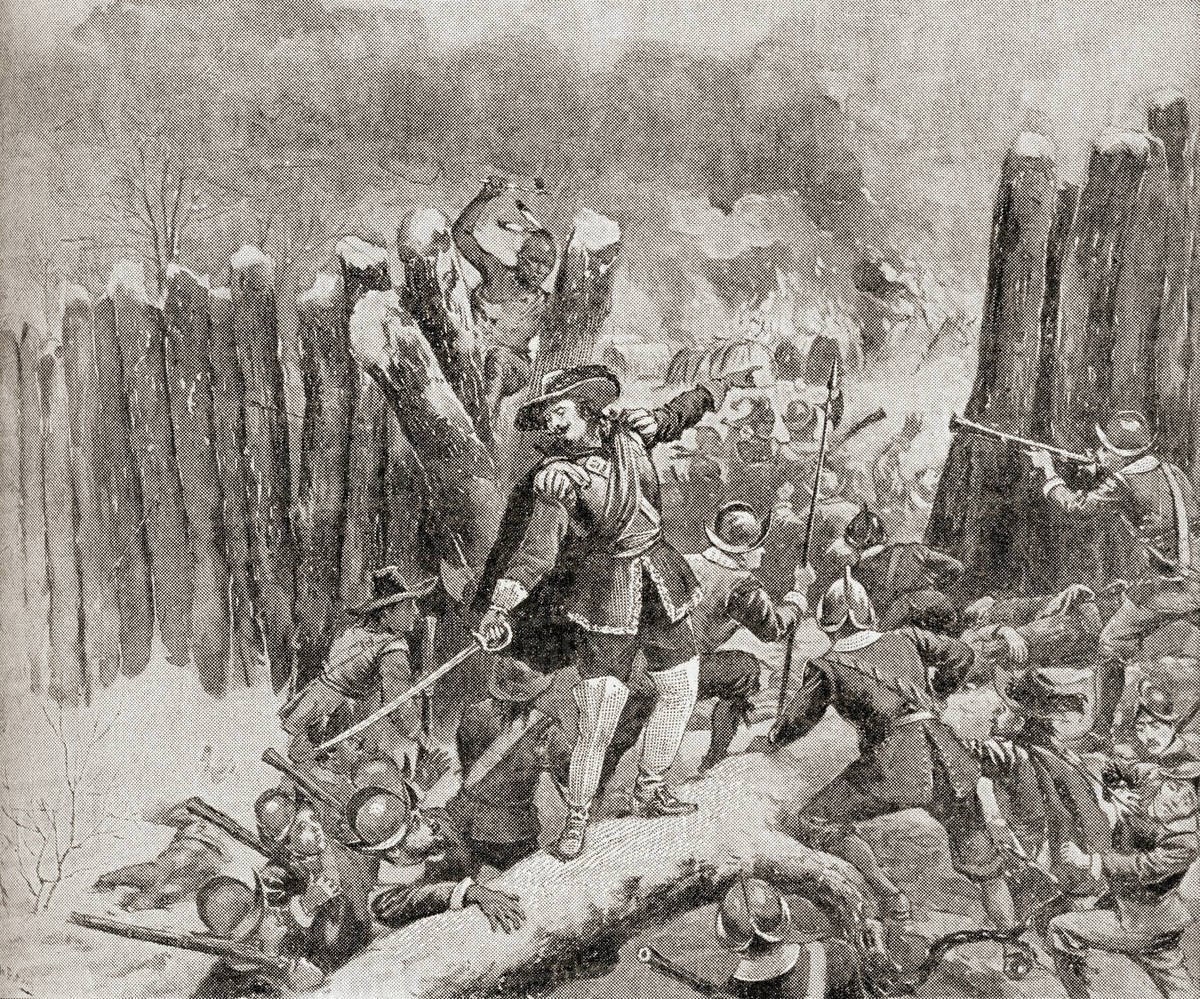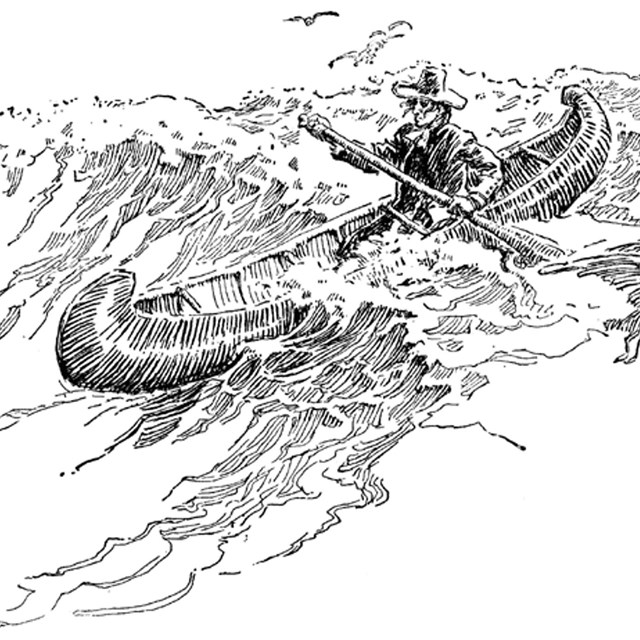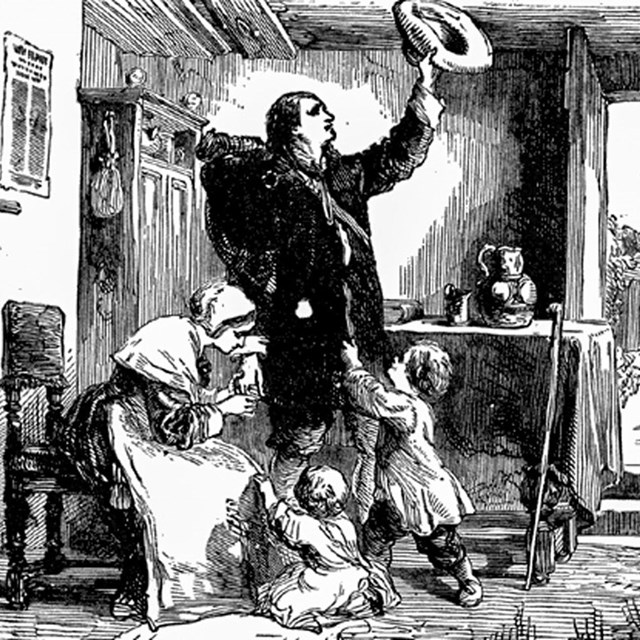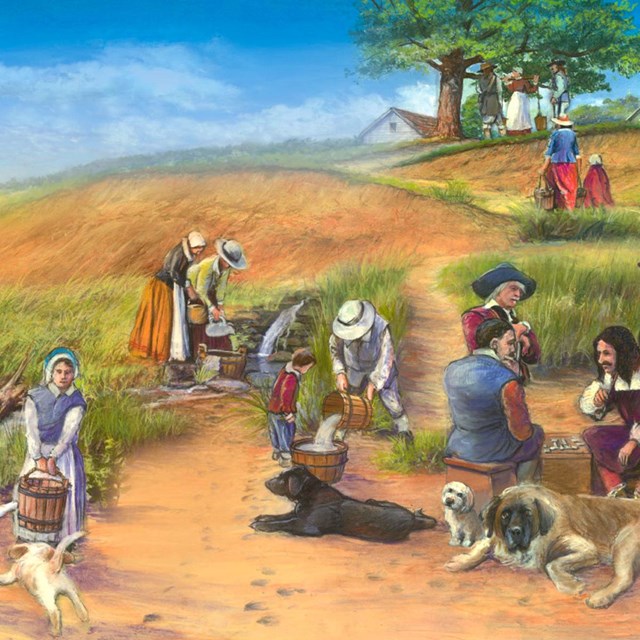
Roger William helped the Narragansett sign a treaty of neutrality with the Massachusetts Bay Colony in October 1675. The Narragansett promised they would not join King Phillip. However, after the signing, Boston authorities demanded that the Narragansett turn over the Wampanoag refugees as hostages. The Narragansett could not betray the safety of those who had sought refuge with them. Fearing an alliance between the Narragansett and the Wampanoag, the English assembled a force of approximately 1,000 men. These men came from the United Colonies of Massachusetts Bay, Plymouth, and Hartford. The army invaded Rhode Island, violating Rhode Island’s Charter. This group attacked the Narragansett's principal winter settlement in the Great Swamp (South Kingstown) in December, 1675. The Great Swamp Fight, or Massacre, cost the lives of almost seven hundred Native American men, women and children. This attack prompted the Narragansett into joining forces with King Philip. In the spring of 1676, the Narragansett recovered. They formed an army of almost 2,000 warriors in southern Rhode Island. Another group of 1,500 warriors were formed in central Massachusetts from several tribes. The army in Massachusetts marched east and forced the abandonment of most of the English settlements in central Massachusetts. The southern army marched north along the coast, destroying the English settlements as they went. The army approached Providence. Roger went out to meet with the leaders. Their discussions began with Roger scolding the Narragansett for becoming involved in the war. When this led nowhere, he attempted to negotiate. He asked for the Narragansett to give him their demands. He proposed to write them down and send them to Boston so that the death and destruction could end. The Narragansett rejected his proposal, and they burned Providence. Even with the neutrality treaty, the English attacked the Narragansett first. With the loss of life that followed, the Narragansett felt they could no longer trust the word of any of the English. With most of his town aflame, Roger turned to walk away. In a sign of respect, the Narragansett warned that there were some young braves on his side of the river that might ‘do him some mischief.’ They advised he could safely return to the blockhouse by walking along the water’s edge. Learn More
|
Last updated: December 14, 2021



